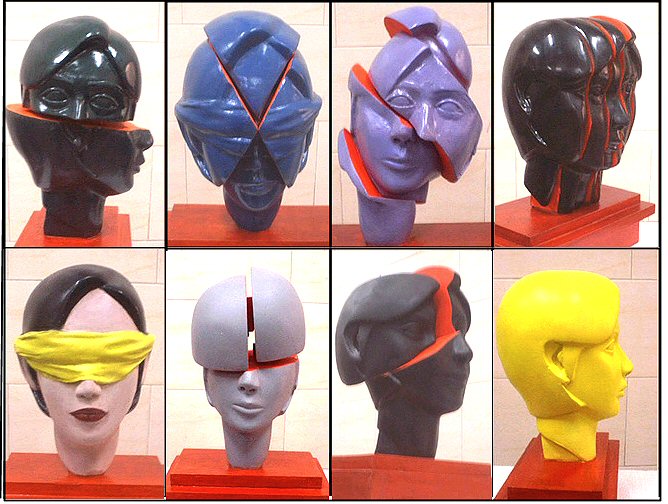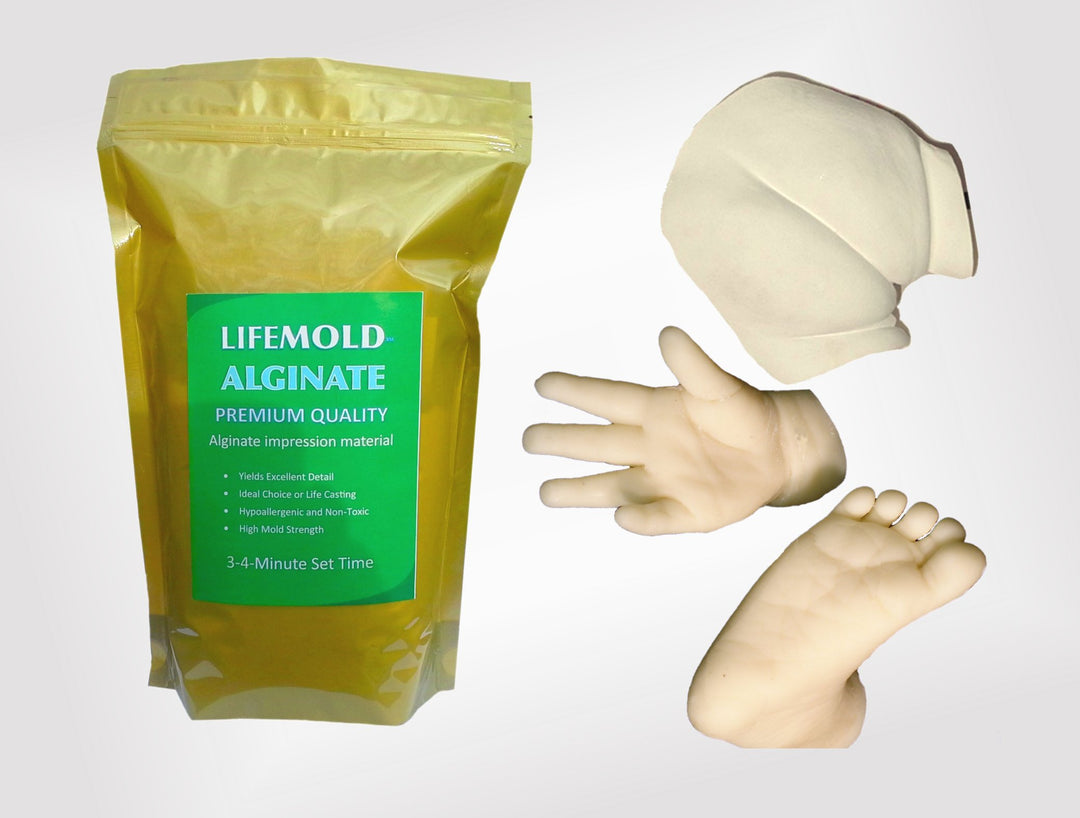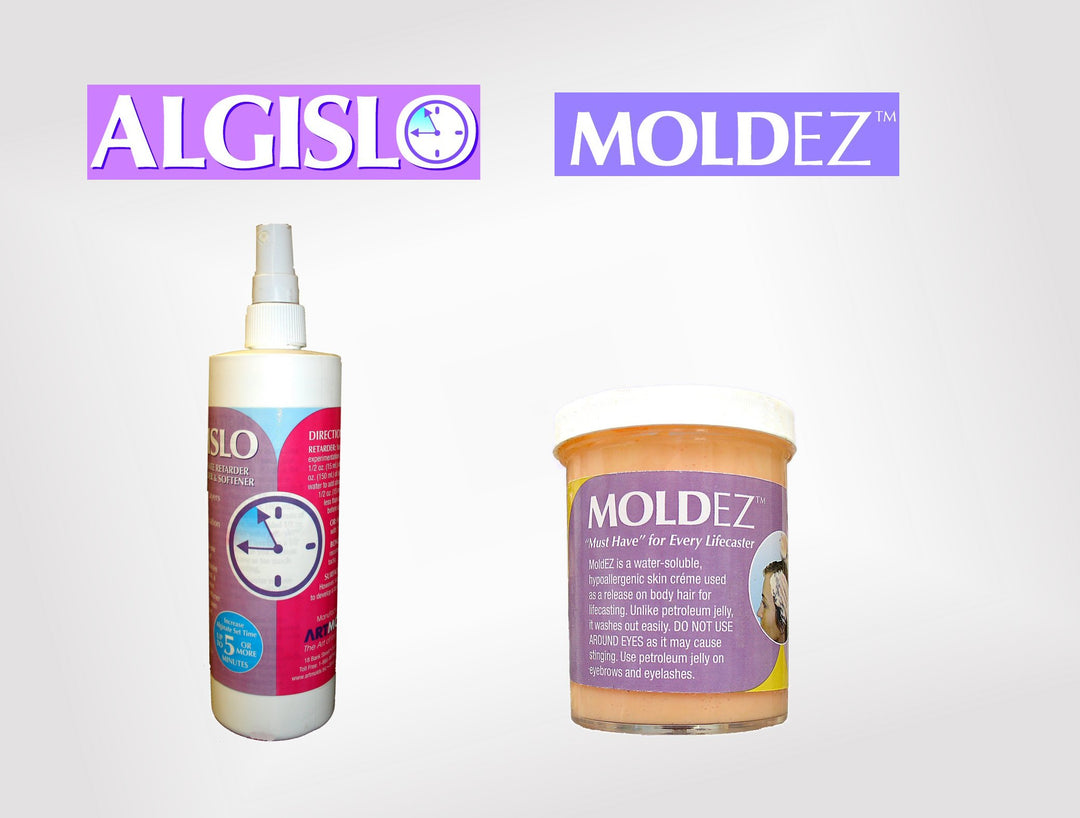Egyptian Sculpture Alive With Color

With all the turmoil in Cairo these past weeks it is a good time to remind ourselves of the contributions that Egypt has made to art of sculpture. We are familiar with her great ancient works, but perhaps not so knowledge of present day state of the arts in Egypt. One of the more notable, prize winning sculptors is Prof. Dr. Aly El-Sohby. Dr. El-Sohby, is known for his intriguing colorful portraits and abstract pieces. We wanted to share some of his work here while we continue to hope that normalcy will prevail again soon.
Dr. Aly El-Sohby describes his work as follows, “My colored sculptures have the color ability to control the external characteristics of the materials, so that the color becomes the texture instead of the material’s surface. This would give space for forming colorful Sculptural modeling with absolute freedom that is not constrained by characteristics previously known beforehand for the material used. This represents a unique phenomenon in the entire history of art that only contemporary sculpture opened its arms to.
Using more than one color in my colored sculpture works would contribute to separating the elements of a composition. The color, may as well, separate such elements of which the work is composed of, to the extent that such elements would seem as if they were individual units. This could be used as well by enhancing the contrasts of forms making different parallel contrasts of hues.
Multiplicity of the sculptural raw materials used in the colored sculpture, such as: wood, copper and painted polyester mixed with colors had its impact on the diversity of the forms of space on the one hand and treatment of the surface materials on the other hand; this was due to the fact that each material has its form and expressive potential. Hence special treatments appeared, that can be applied to wood to deepen or alter the natural coloration or highlight it. The use of highly polished copper, as well, would result in light reflection on the surface of the sculpture, showing brightness of color that would help in creating a dual effect of a real form and its reflection. In addition, the use of color in polyester sculptures, whether by painting or mixing colors, would cause unity to the sculpture emphasizing the inner surface of such work.”
To learn more about Dr. El-Sohby and his work we suggest you visit his website:




